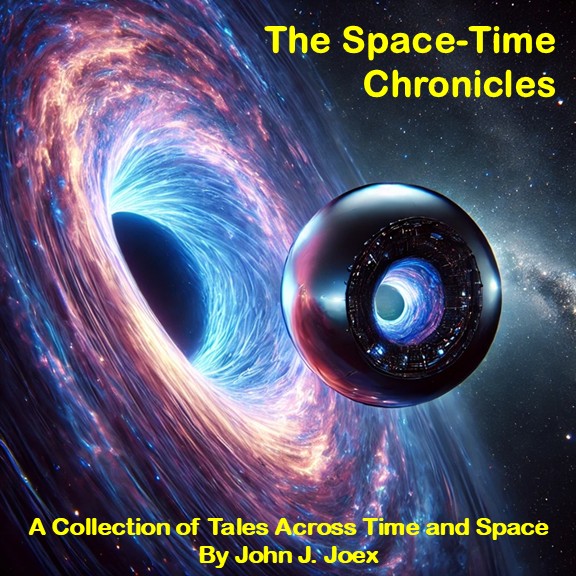FX boss John Landgraf has released his annual Peak TV report, and while we did not reach the 520 threshold of scripted shows in 2018 that he previously predicted, the number of originals on television continues to grow. But, that growth was slower than the prior year and we are seeing the numbers go down in some categories. So these could be leading indicators that Peak TV may stall in the next year or so, or that we may even see the bursting of the bubble that I have been expecting.
The numbers of scripted shows on television grew in 2018 to 495, which is a about a 2% increase from 2017. That is lower than the 7% to 8% increases we saw the prior three years, and this year’s rise in the number of shows was largely driven by the streaming services. The number of online offerings rose by 37% in 2018, and the streaming services continue to be most active in developing scripted television shows. Also increasing this year was the number of shows from the premium cable channels, which rose by 7%. For all practical purposes, those venues are very similar to the streamers because their model is also based on bringing in subscribers.
But the more traditional channels seem to be backing away from scripted television to an extent as the broadcast networks and basic cable channels produced fewer new shows this year. The broadcast nets are down by 5%, and despite a slight surge in 2017 they have been relatively flat for the past five years. The basic cable channels are seeing a steeper drop as they are down by 18% this year and have been on the decline since peaking in 2015.
The rise of production from the streaming services makes sense seeing as that is the direction the market appears to be heading and watching online is quickly becoming the preferred method of television consumption. And the broadcast networks and basic cable channels are finding themselves out of touch with today’s audience as they continue to rely on an outdated model that brings in revenue from advertising driven by the archaic Nielsen ratings. So market forces are likely part of the reason the streaming services and premium cablers are increasing their production while the old school networks have slacked off.
But this may also point to the inevitable market correction that could be looming on the horizon in a year or more. There is an iron economic law that applies to these situations that economists and business leaders who should know better often quickly forget when the money is rolling in. The numbers can’t go up forever. Whether it is stocks, housing prices, or tulips, eventually those scales tip the other direction.
Production of scripted television shows has skyrocketed, bringing us to all-time highs, but at some point market saturation will take its toll. We have already seen several cable channels like MTV, A&E, and WGN back away from or significantly scale back production on scripted shows. And the basic cable channels in general are on the downswing as they are finding it difficult to compete with the big budget productions from the streaming services and premium channels. The broadcast networks are also cutting back as they shift to reality shows, games shows, and sports to fill up time on their schedules.
As for genre television, there are over one hundred science fiction / fantasy shows airing, returning, or upcoming as of this writing. How many of those can you keep up with? How many do you even have an interest in checking out? Keeping up with all the currently airing genre shows would practically be a full-time job these days (this past Fall averaged over twenty per week not including the streaming services), and if you expand your television viewing beyond the sci fi entries you will quickly find that there are just not enough hours in the week. Eventually the number of shows on television will outpace the audience’s willingness and desire to lock itself in front of the tube.
The streaming services and premium channels may continue to increase their development or at least hold at current levels. But I expect the basic cable nets to continue their trend of shying away from scripted shows and the broadcast nets could continue to slip as well. As to whether we will see a bursting of the bubble or just a market correction that leads to a decrease in the overall count of shows remains to be seen. But I’m thinking that Peak TV may have reached its peak, if not this year then next, and a decline, if not a complete collapse, could be lurking on the road ahead.







